Impact story
Johannesburg
UN-Habitat’s Global Public Space Programme and Global Utmaning first piloted the new digital Her City Toolbox in Diepsloot, Johannesburg, South Africa. Together with the Johannesburg Development Agency (JDA) and the Block by Block Foundation the “Indlela Yabafazi – Women’s Way” project aims at creating safe routes connecting safe public spaces in the Diepsloot informal settlement. Through different tools and digital technologies for participatory planning and community engagement, multi-stakeholders have been working alongside marginalised young women and girls, to redesign the area with a focus on accessibility, affordability, safety and inclusivity of public spaces for all.
Facts
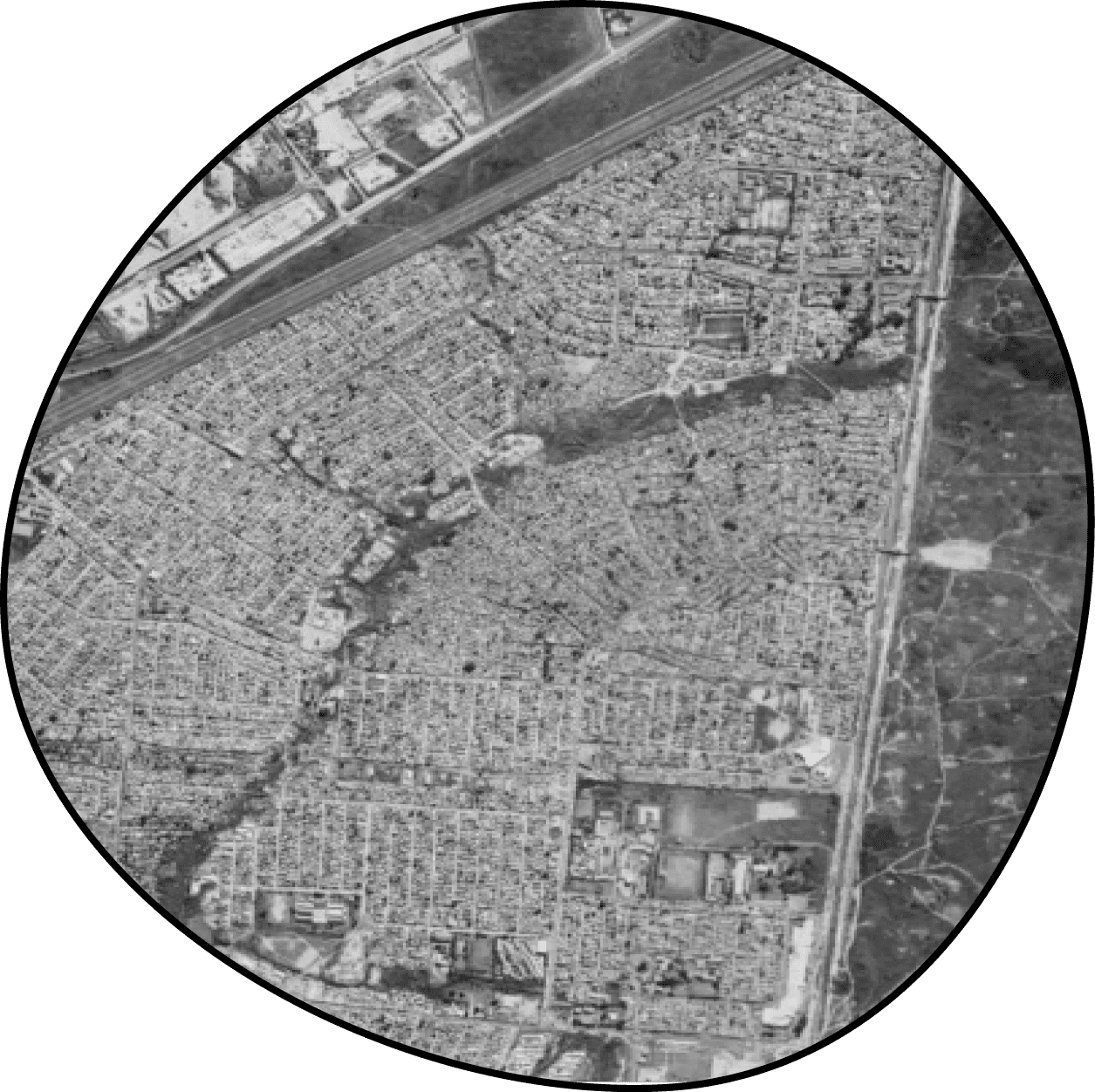
Category: Public and private sector
Location: Diepsloot, Johannesburg
Time: June 2020 – ongoing
Partners: Johannesburg Development Agency (JDA), Block by Block Foundation, Iyer, Sticky Situations, Wot-If? Trust
Participants: Girls from the Diepsloot community and urban professionals.
Her story
Challenges
The overarching goal is to improve the spatial inequality of the townships which will further improve the quality of daily public life for women and girls in the region. The Her City interventions highlight the lack of urban management in planning streets, sidewalks, recreational spots, safety nets and inclusive spaces for women and girls in Diepsloot. Furthermore, the project proposes participatory planning, community engagement and innovative technology as modes of intervention. Girls and young women face specific challenges in urban settings and must become key stakeholders in urban development projects.
Solutions
Design and community participation is an efficient way to establish and address the needs and priorities of different groups in society. In the spatial inequality geography of Diepsloot, 38 girls participated in the Her City toolbox intervention program to assess the site and the city, collect data, analyse the challenges and suggest solutions. The interventions also focussed on fostering youth leadership, community awareness and local government engagement in harnessing existing resources and innovating new tools and techniques. The design process and the employment of girls as participants helped advance this mission even further, resulting in more safe opportunities for all. One of the participants in the Minecraft workshop aged 14 stated: “I feel like the programme has taught me about working with others. I would like to be a social worker one day…”.
Opportunities
The assessment and analysis of Diepsloot was followed by recommendations to make the area a safe and inclusive public space for all. The recommendations for actions are: introduction of fencing to protect the neighbouring wetlands and provide a platform for sports activities, designing a bus stop, a treehouse, and a pedestrian bridge, introducing resources of leisure and recreational activities like library, tuck shop, swimming pool, community park, public art and sports facilities. There is also a recommendation to ensure awareness and advocacy campaigns to promote women’s safety in public spaces have led to capacity building of the municipalities, gender responsive public space policy and design methodology. The intervention machinery has used ideas, designs and inspiration from Her City toolbox and Minecraft design to implement elements like greenery, biodiversity, movable furniture, eco-system plantations, awareness campaigns, accessible public spaces, and perseverance of culture, history and character of public spaces.
Impact
The interventions led to improvement in spatial distribution of public spaces. There was an increase in the understanding of spatial inequality and quantity and equitable distribution of the public spaces, with creation of new neighbourhoods and conversion of abandoned and under-used public spaces. There was also increased understanding of the affirmative role played by the local government and civil society in advocating for urban planning, management and administration. The project also reinforced the importance of guidelines and standards on safety, greenery, accessibility and comfort of the public spaces for all and especially marginalised communities, including women and girls. The project has shown that prioritising girls and young women in urban development is crucial to make cities and public spaces more inclusive and sustainable. In this sense, it has also proven to be an efficient tool to meet global sustainability agendas such as the 2030 Agenda SDGs 5, 10, 11, 16 and 17.
Lessons learned
Community participation was key in the development of the designs. The beneficiaries, especially girls, could participate in deliberations, workshops and make a wish-list of how they imagine the space to look like in the future. Furthermore, the investigation of the accessibility, distribution, quality and network of the public spaces in the Municipality played a crucial role in designing the strategy of intervention while equitable use of the resources. The lessons learnt were that by using different design methodologies (maps, physical models, blocking, Minecraft) allowed people with different spatial awareness an opportunity to understand the site and process in their own way. Furthermore, being able to move physical foam blocks around maps helped participants to orient spatially to the site and to understand how their ideas fitted the sites spatially, physically and socially. Also, either working in pairs or individually the girls were able to discuss ideas and means of modelling by working at the same table with the same site. The initiative also seeks to contribute to the development of new methods for local urban development and planning that promote safe and productive public spaces, especially for conflict ridden and affected countries and geographies.
Results
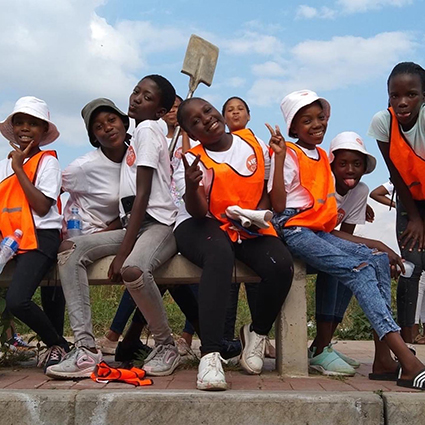
Block 1: Stakeholder engagement
A multi-stakeholder team of girls and professionals to mainstream youth, gender and socio-economic perspectives throughout the entire planning, design and implementation process.
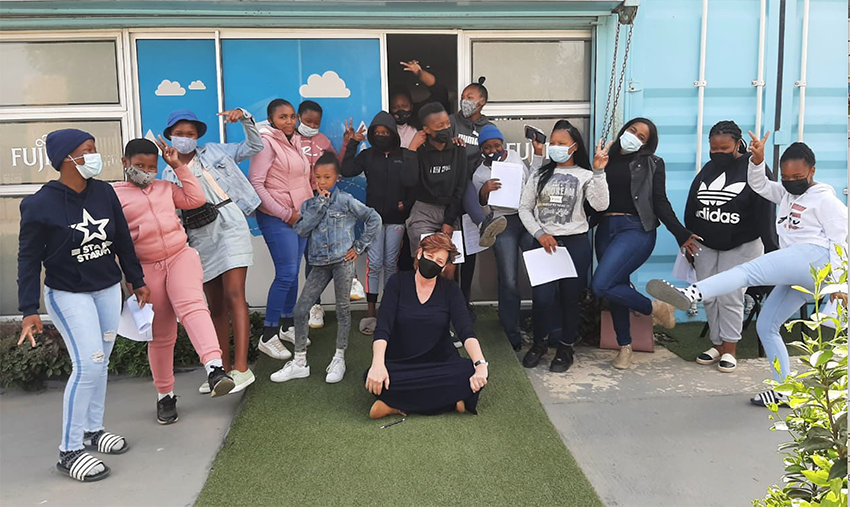
Block 2: City wide assessment
A city level analysis based on girls and young women’s observations and a list with their top priority spaces to be improved.

Block 3: Site specific assessment
Collecting quantitative and qualitative data by girls and young women on the state of the space that is considered a top priority for improvement.
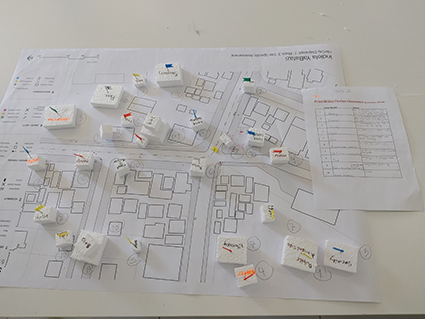
Block 4: Analysing challenges
A joint vision for the space based on a detailed analysis of the girls’ needs and current privileges in the space.

Block 5: Designing ideas
A rough design in Minecraft of the new space made by the girls and professionals based on the solutions identified throughout the process.
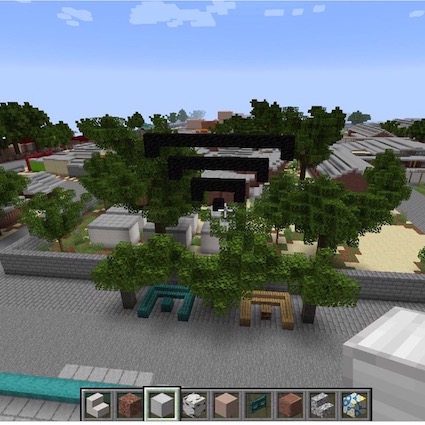
Block 6: Recommendations
A joint action plan for the space where girls and professionals negotiate ways forward for implementation and potential impact of the project.
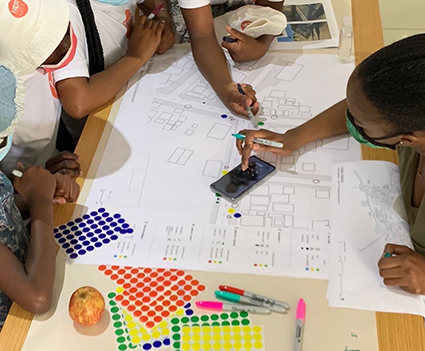
Block 7: Action plans
Detailed plans collaboratively developed by the girls and professionals for the construction phase including cost estimations and maintenance plans.
Block 8: Sharing results
Approval to move forward and start construction from decision-makers and community and spreading of knowledge gained throughout the project.
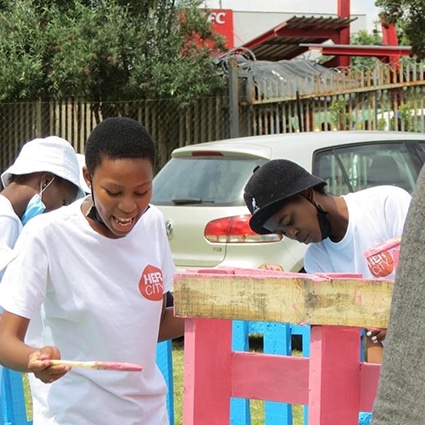
Block 9: Implementation and follow-up
An evaluation of the process, follow up on construction by the girls and a final report on the results of the entire project with a mainstreaming strategy to scale up similar initiatives.
Related SDGs

The project relates to the 2030 Agenda Sustainable Development Goals (SDGs) 5, 10, 11, 16 and 17.
About
Contact
hercity@un.org
Follow us
Facebook: @HerCity
Instagram: @HerCityToolbox
Twitter: @HerCityToolbox
YouTube: @HerCity
TikTok: @HerCity
#HerCity
Her City is a joint urban development initiative by UN-Habitat (the United Nations Human Settlements Programme) and the Shared City Foundation.